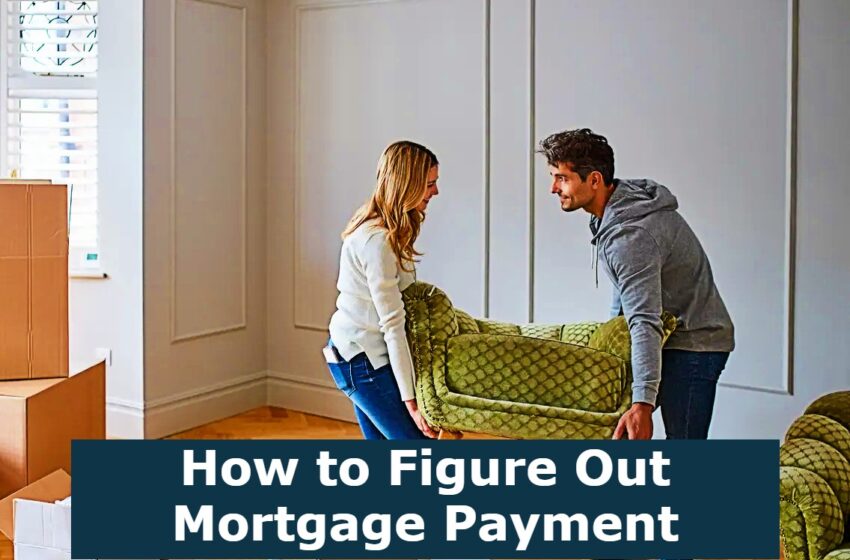
How to Figure Out Mortgage Payment
Whether you’re a first time home buyer or an experienced buyer looking to refinance, you’ll want to learn how to figure out your mortgage payment. You’ll want to choose a loan term, decide how much you want to put down, and consider a variety of other factors that will affect your monthly payments.
Calculating monthly mortgage payment
There are many factors that affect the monthly mortgage payment. It’s important to consider your lifestyle, income, and loan term before calculating the mortgage payment. Calculating your payment can help you establish a long-term budget.
You can calculate your mortgage payment using a simple online calculator. However, you may find it more convenient to use a software program to perform your calculations. If you’re interested in using a more complex calculator, consider looking into one that also takes into account insurance and other costs.
A good mortgage calculator will also allow you to see whether or not you can adjust the terms of your loan. This is particularly important if you’re a first-time home buyer.
The loan term and interest rate are two factors that impact your monthly mortgage payment. These figures will vary depending on your loan, down payment, and other monthly expenses. But once you’ve determined your income and loan term, you’ll be better equipped to make a good decision.
Putting down more or less money
If you are considering buying a new home, you may have been wondering if it is better to put more money down, or less. The answer to this question will vary from person to person, but there are a few things you can keep in mind.
First, you should be aware that putting less money down will often lead to higher monthly payments. This is because the interest rates will be higher. Also, when you buy a new home, you will likely have to pay for mortgage insurance (PMI), which will help protect the lender if you default.
You should also know that it is possible to purchase a new home without putting down any cash at all. There are programs offered by the US Department of Agriculture and the Veterans Affairs that allow you to buy a home with zero down.
Finally, you can always ask your lender about loan options that will allow you to save for a down payment. While there is no universal rule for what amount you should put down, many lenders will offer options for as little as three percent. However, be sure to shop around to find the best deal.
Choosing a loan term
Choosing a loan term is an important part of home purchasing. It will affect how much you will pay, as well as how long it takes to repay the mortgage. Taking the time to learn the terms of the loan can help you make a better decision and negotiate a lower payment.
You can determine your loan term by considering your goals. If you want to move quickly, then you may want to choose a short term. On the other hand, if you want to stay in your home for a long time, then you should opt for a longer term. The monthly payments will be higher with a shorter term, but you will save on interest costs.
Mortgages come in several types, including fixed-rate and variable-rate. Fixed-rate loans are amortized for the life of the loan, and have the same principal and interest payment every month. Variable-rate loans have a variable rate for the first few years, which is usually based on the maximum rate allowed. Generally, it is best to choose a fixed-rate mortgage, because it is more stable than an adjustable-rate mortgage.


